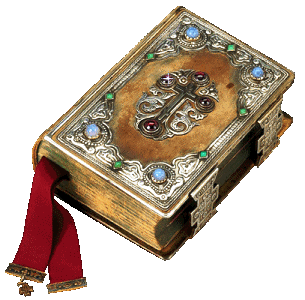- Details

The Holy Cross holds a unique place, both in the Christian faith and in the worship of the Orthodox Church. It is the symbol of love and sacrifice, as well as foreshadowing the Resurrection. It has influenced Christian art, architecture, painting, poetry, and music, more than anything else.
From an early age, majestic churches were built in the shape of a cross, with a cross erected at the top of each one. The iconostasis and everything used in common worship are decorated with the cross. Ornate crosses of blessing are placed on the Holy Table (the Altar), for the celebrant Bishop or Priest to bless the people. The cross is worn by newly baptized Christians to protect them (from visible and invisible threats) and strengthen them in the spiritual struggle. It is used to bless the waters. Behind the Holy Table, which represents the Empty Tomb of the Risen Lord, the Holy Cross stands as a symbol of His crucifixion, His sacrifice for the salvation of the world.
- Details
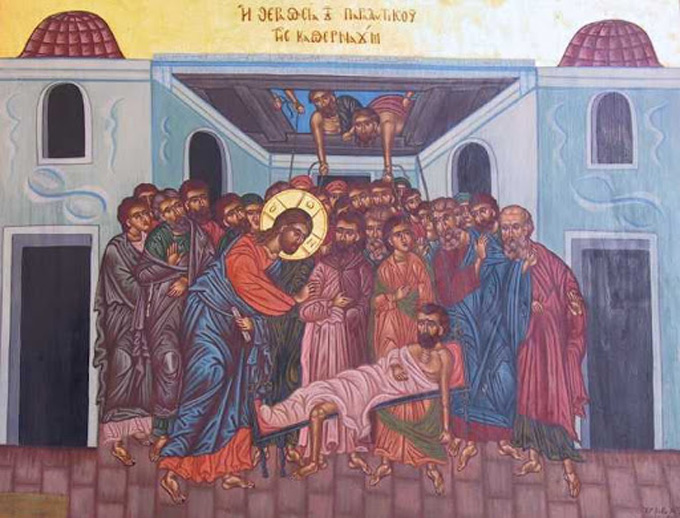
The healing of the sick holds a central place not only in the Divine Liturgy, but also in the communal spiritual life of the faithful. After the recitation of the Lord’s Prayer (“Our Father …”), and before the sanctification of the Precious Body and Blood of Christ, the celebrant Priest offers this prayer: “Oh Master … heal the sick, You, the physician of our souls and bodies.” There is also a repeated petition, prayed for all Christians: “For … (their) health and for (their) salvation …” In addition to these brief petitions, which we hear throughout the holy Services (in particular the “Supplication Service for the Sick”), there is also the Sacrament of Holy Unction, which the Church reserves for serious situations. St James, the Brother of the Lord, gives us encouragement: “Is anyone among you sick? Let him call for the elders of the Church, and let them pray over him, anointing him with oil in the name of the Lord. And the prayer of faith will save the sick, and the Lord will raise him up” (James 5:14-15). This does happen! The Lord brought healing to those who came to Him with faith (like the paralytic in today’s Gospel reading), and continues to do so today through Holy Unction. It has been confirmed by the countless cases of sick people who received healing through the Sacrament. I can also personally testify to this, as I too was saved with Holy Unction.
- Details
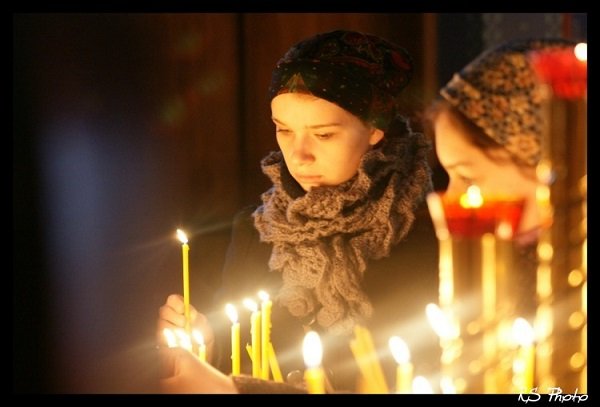
In the Divine Liturgy (as well as all other Holy Services), prayers for Orthodox Christians are repeatedly offered. This Sunday is also called the Sunday of Orthodoxy. What is Orthodoxy, and what does it mean to be Orthodox?
Our Church is known as “the Orthodox Church,” but its official title, as written in the Creed, is: One, Holy, Catholic and Apostolic Church. The word “Orthodox” is nowhere to be found, so where did this new title come from?
- Details
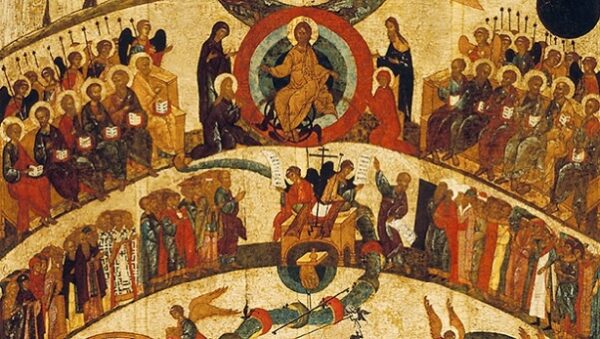
There are three main petitions that are addressed to God during the Divine Liturgy: a) that the Lord gives us the grace to worship the Triune God with complete faith and love; b) that we may come to Holy Communion with purity and repentance, receiving the Body and Blood of Christ; and c) that we will be found worthy of the Kingdom of Heaven (see the ending of the Second Prayer of the Faithful).
- Details
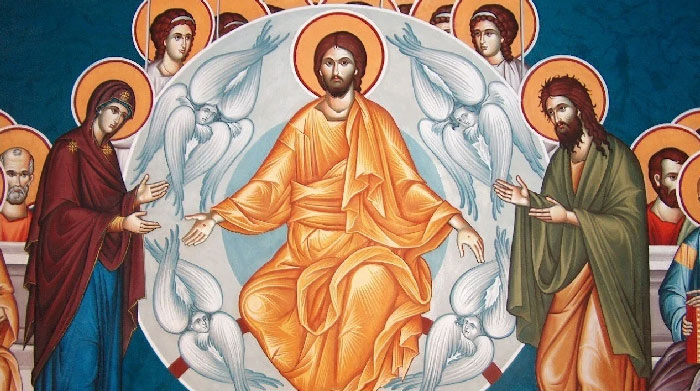
One of the fundamental tenets of the Christian faith (as stated in our Creed) is that the Lord will one day return "in glory to judge the living and the dead.” This teaching is rooted in the Scriptures (like all Church teachings), and the Lord Jesus Christ Himself spoke of His return. What He did not reveal was when this would happen, so we must be careful to ignore the false “prophets” who appear from time to time, announcing the day of the Second Coming of Christ. These “prophecies” bring only strife and turmoil.



